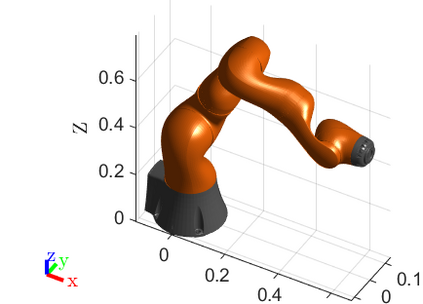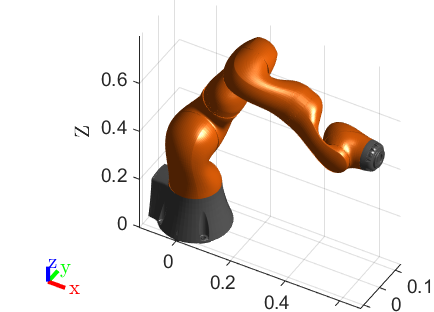Most impedance control schemes in robotics implement a desired passive impedance, allowing for stable interaction between the controlled robot and the environment. However, there is little guidance on the selection of the desired impedance. In general, finding the best stiffness and damping parameters is a challenging task. This paper contributes to this problem by connecting impedance control to robust control, with the goal of shaping the robot performances via feedback. We provide a method based on linear matrix inequalities with sparsity constraints to derive impedance controllers that satisfy a H-infinity performance criterion. Our controller guarantees passivity of the controlled robot and local performances near key poses.
翻译:机器人的大多数阻力控制办法都采用了一种理想的被动阻力,允许受控机器人与环境之间的稳定互动。 但是,在选择所需阻力方面没有多少指导。 一般来说,找到最严格的阻力和阻力参数是一项具有挑战性的任务。 本文将阻力控制与强力控制联系起来,目的是通过反馈塑造机器人的性能,从而促成这一问题。 我们提供了一种基于线性矩阵不平等的方法,其中含有聚度限制,以获得符合H- 无限性性能标准的阻力控制器。 我们的控制器保证受控机器人的被动性,以及接近关键方的当地性能。







